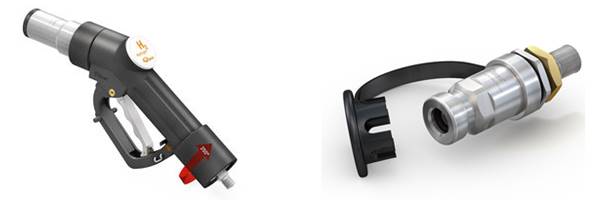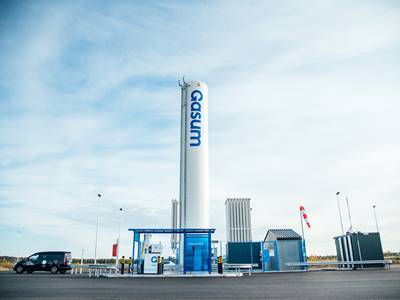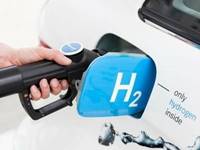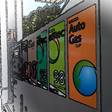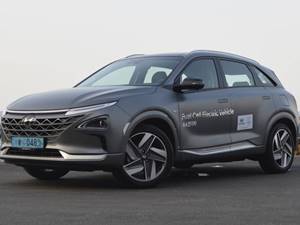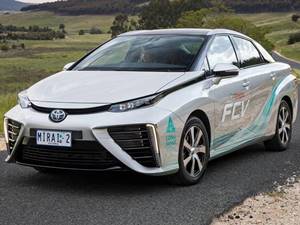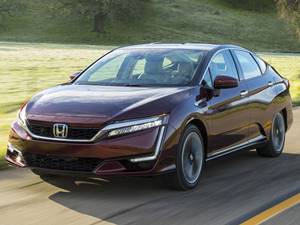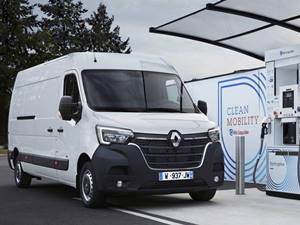Alternative fuels in the World
A bit of history about hydrogen cars

In 1807, the Swiss François Isaac de Rivaz designed the first four-wheeled vehicle with an internal combustion engine that ran on hydrogen
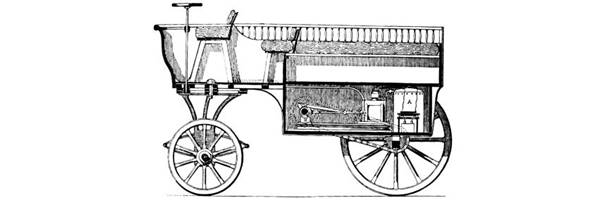
1860: Etienne Lenoir, a French engineer, developed the "Hipomobile," a large transportation vehicle with a hydrogen-based combustion engine. He went successfully from Paris to Joinville-le-Pont on a trial voyage in 1863.

1941: During the siege of Leningrad by Nazi regime troops, and due to a shortage of gasoline, Russian soldier and mechanic Boris Shelishch successfully converted 200 GAZ-AA trucks to run on hydrogen gas which, according to reportedly, they ran more smoothly than before.

The 1966 General Motors Electrovan is the first known hydrogen fuel cell car.

The oil crisis of the 1970s sparked significant research into hydrogen fuel cells, and by the end of the decade most automakers had FCV models.
What is hydrogen?

Hydrogen is the simplest chemical element (consisting of only one proton and one electron) and the most abundant in the universe and also appears together with other elements forming a wide variety of chemical compounds, such as water (H2O) and most compounds organic.
It is a colorless, odorless and tasteless gas at room temperature. It is the lightest element that exists, being approximately 14 times less heavy than air. Its molecule consists of two hydrogen atoms (H2) joined by a covalent bond.
Where does the hydrogen come from?
Pure hydrogen is not found naturally in nature, since it is always found as part of other components, so it must be extracted from other raw materials

THE GRAY HYDROGEN
Through steam reforming, hydrogen can be obtained from Natural Gas, producing H2 and CO2
THE BLUE HYDROGEN
Blue Hydrogen is produced in the same way as gray hydrogen, with the difference that in this case the CO2 is collected and stored. This stored CO2 can be steam treated to form H2Co3, a salt that is easily storable, and is also being used for the production of synthetic fuels.

THE GREEN HYDROGEN
It is produced by electrolysis of water. Electricity, from renewable sources, is used to break down the water molecule and produce hydrogen and oxygen. Unlike the other forms of hydrogen, green hydrogen does not produce Co2. It does not pollute. See more information about green hydrogen at glpautogas.info
How do hydrogen cars work?
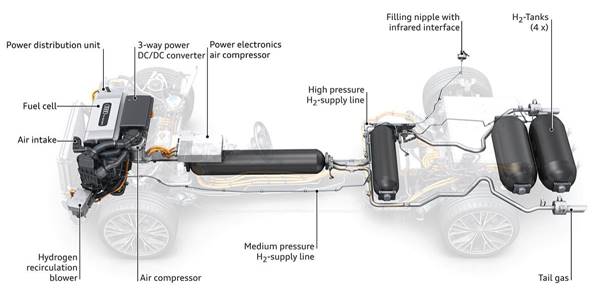
Like all-electric vehicles, fuel cell electric vehicles (FCEVs) use electricity to power an electric motor. Unlike other electric vehicles, FCEVs produce electricity using a hydrogen fuel cell instead of drawing electricity from a single battery.
In these cars the hydrogen is led to the fuel cell where electricity is generated. This is stored in the battery. When not much energy is required, the electricity transmitted to the wheels comes exclusively from the battery, while if more energy is needed, that required from the fuel cell will also be used.
Hydrogen Car Components
FUEL CELL
Fuel cells perform the fusion of H2 with O2 whose reaction produces electricity. Fuel cells have an operating temperature of around 80ºC, an operating pressure of between 1 and 3 bar. The energy efficiency of fuel cells is around 50% although research is making new models improve this efficiency.
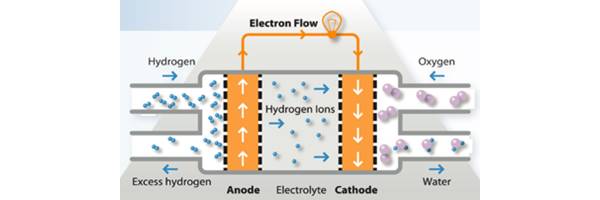
H2 TANK
Due to the high pressures at which hydrogen is stored, the tank is an essential element of the vehicle. Currently, the tanks to store hydrogen are manufactured in the latest generation materials, still cylindrical and hollow.
These tanks for vehicles store hydrogen at 350 to 700 bar. At 700 bar, 5 kg of H2 can be stored in 160 liters of volume.
However, new research points to a different form of storage. These new containers would store the hydrogen intertwined with the particles of the same material, favoring a greater storage capacity at lower pressures, such as the technologies known in English as "Interstitial Hydride" that could store 5 kg of hydrogen at 100 bar, storing from 20 to 80 kilograms of hydrogen at 700 bar.


CONNECTION FOR FILLING
There are three standardized types depending on the pressure of use:
TK25
It is used for 350bar pressures, for buses and trucks, and has a data connection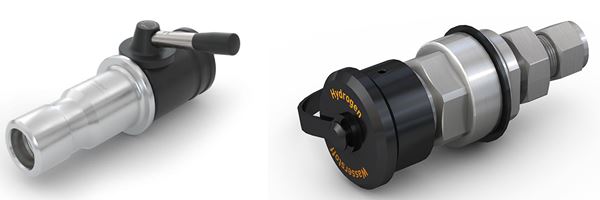
TK16
It was common in vehicle refueling facilities with a pressure of 700 bar, but it is being replaced by TK17 as a standard for private vehicles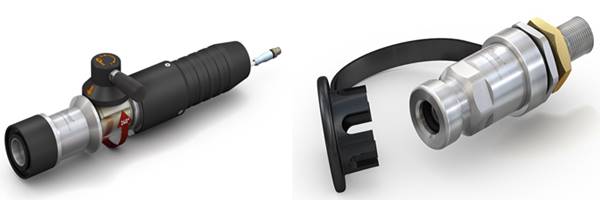
TK17
It is the filling system that is becoming the standard for vehicles that run on hydrogen at 700 bar